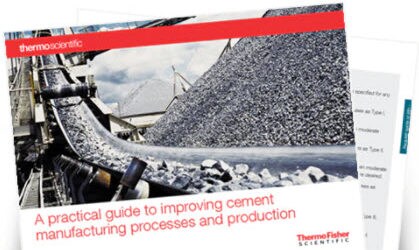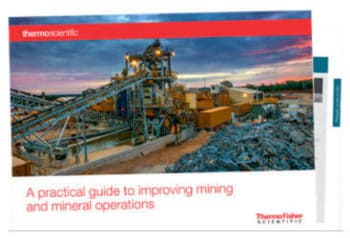 Soil and sediment are formed by constant deposition of inorganic and organic materials over millions of years. As the layers of deposits accumulate, the weight from the additional layers creates pressure and increased temperature, creating rocks or other formation. Over time, these formations are eroded and carried away by rain, wind and snow and deposited in stream and lake beds. Soil and sediment sample analysis is widely used in geochemical exploration to quickly establish whether or not minerals are present and in what quantity and grade. Once an area is mapped, geochemical surveys are conducted to collect soil, rock and/or sediment samples. These samples are sent for laboratory analysis to determine whether or not further exploration is warranted and if so, where the most potentially productive deposits may be. Material Analysis is Important Analysis of these materials is important not only to evaluate the minerals bodies present, but also the environmental contaminates. Many factors can contribute to soil contamination even before mining activities have taken place. Once mining operations have concluded, soil and sediment samples from the mine site must be analyzed to detect any environmental contaminates that may remain. Analytical analysis of soil and sediment samples encompasses a vast variety of material and matrix types, with many elements to be analyzed having concentrations ranging from low parts per million (ppm) levels to major weight percentages of the composition. Wavelength dispersive X-ray fluorescence (WDXRF) is an ideal technology for quantitative analysis of geological base materials due to its
Soil and sediment are formed by constant deposition of inorganic and organic materials over millions of years. As the layers of deposits accumulate, the weight from the additional layers creates pressure and increased temperature, creating rocks or other formation. Over time, these formations are eroded and carried away by rain, wind and snow and deposited in stream and lake beds. Soil and sediment sample analysis is widely used in geochemical exploration to quickly establish whether or not minerals are present and in what quantity and grade. Once an area is mapped, geochemical surveys are conducted to collect soil, rock and/or sediment samples. These samples are sent for laboratory analysis to determine whether or not further exploration is warranted and if so, where the most potentially productive deposits may be. Material Analysis is Important Analysis of these materials is important not only to evaluate the minerals bodies present, but also the environmental contaminates. Many factors can contribute to soil contamination even before mining activities have taken place. Once mining operations have concluded, soil and sediment samples from the mine site must be analyzed to detect any environmental contaminates that may remain. Analytical analysis of soil and sediment samples encompasses a vast variety of material and matrix types, with many elements to be analyzed having concentrations ranging from low parts per million (ppm) levels to major weight percentages of the composition. Wavelength dispersive X-ray fluorescence (WDXRF) is an ideal technology for quantitative analysis of geological base materials due to its
- accuracy and precision across a wide elemental range,
- wide dynamic range of concentrations (ppm-100%),
- simplicity compared to other analytical techniques, and
- ability to handle high sample throughput.
Geochemical Sample Analysis Geochemical sample analysis involves two groups of elements or oxides: majors and minors analysis and the traces analysis. In the analysis of majors and minors, oftentimes these elements are either materials of interest or the largest influential factor on the analysis of other elements in the sample. If pressed pellets are used, sample related effects such as mineralogical, particle size, and inhomogeneities can influence the accuracy of the analysis. The best method for combating these influences is by using fused bead sample preparation, the most accurate method of preparation for XRF samples. The fusion bead preparation is not appropriate for the analysis of trace elements primarily because of the dilution ratio, making the determination of very low concentrations (1-10 ppm for example) difficult. For these reasons, a pressed pellet is the most suitable sample preparation method for the analysis of trace elements. The physical effects which influence the accuracy discussed above are also not as significant for trace elements analysis The ability to accurately analyze trace elements in geological samples depends upon the XRF instrument sensitivity, resolution and background/overlap correction functions. See study data, including calibration ranges and results, demonstrating the use of a WDXRF spectrometer for the analysis of major and minor elements using a standard fused bead method, and the analysis of trace element analysis using a simple pressed pellet method.






Leave a Reply